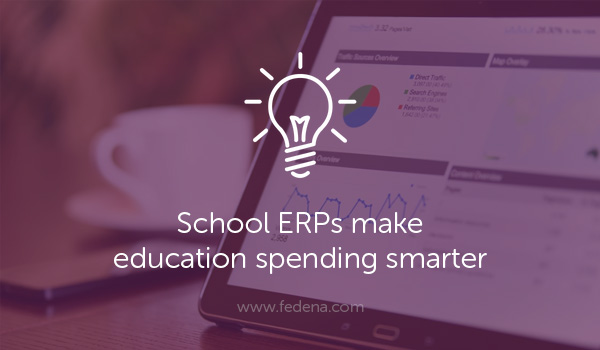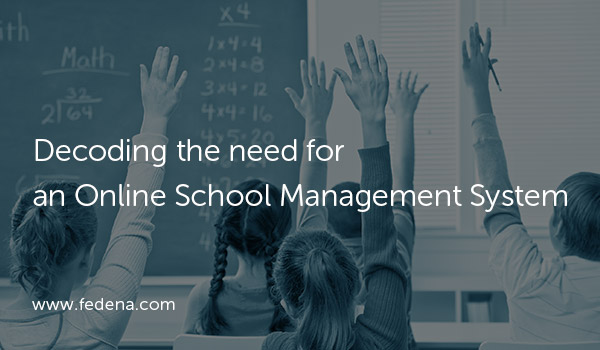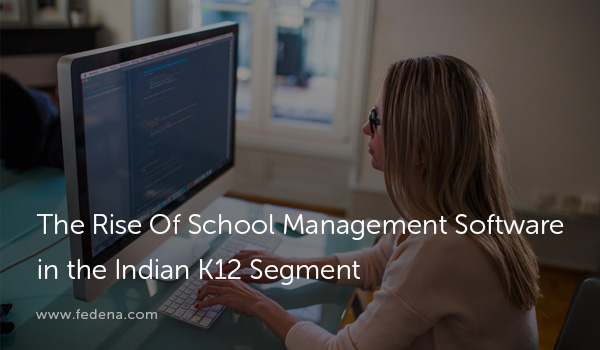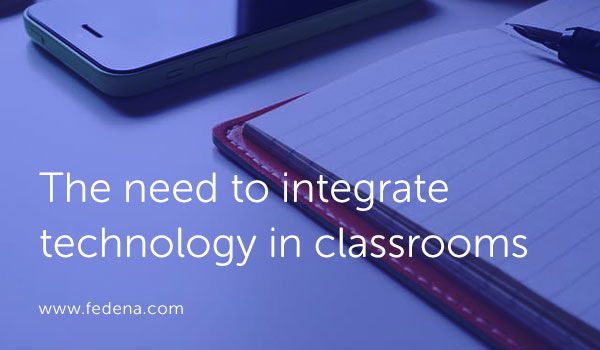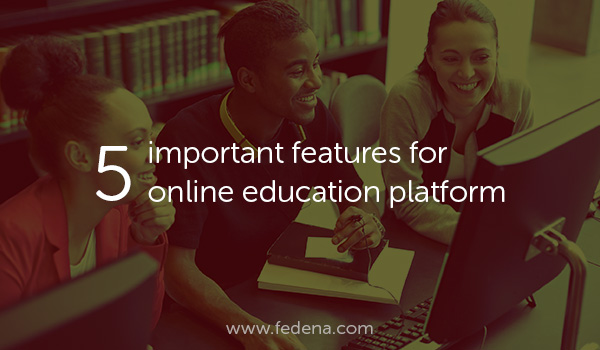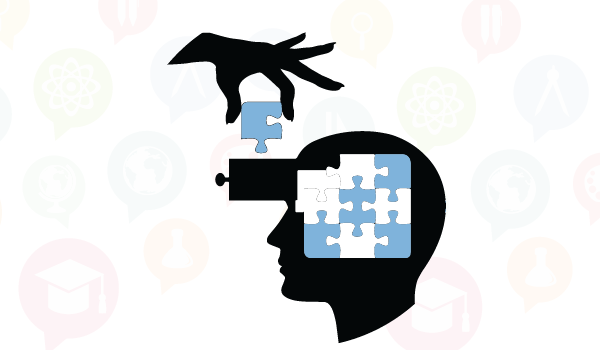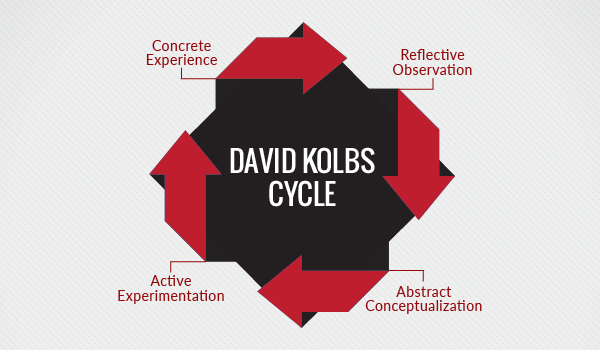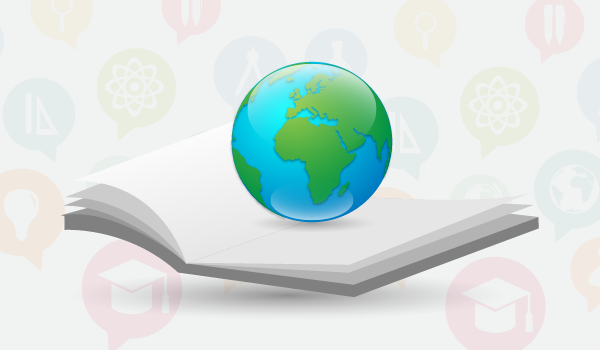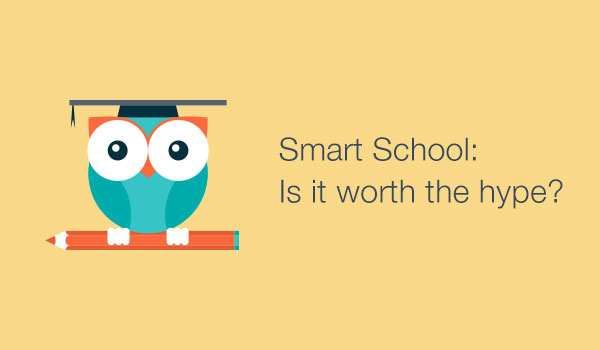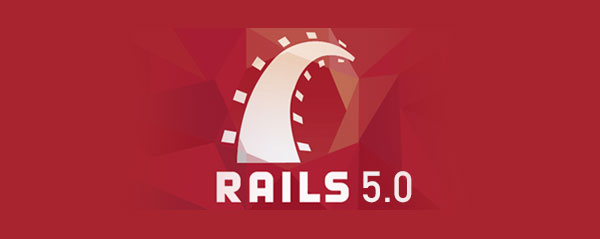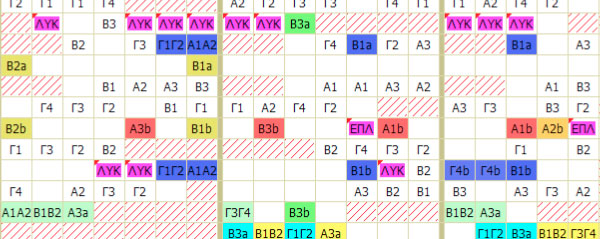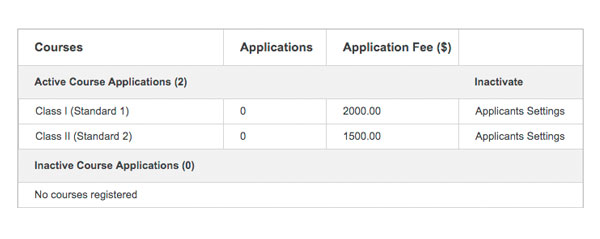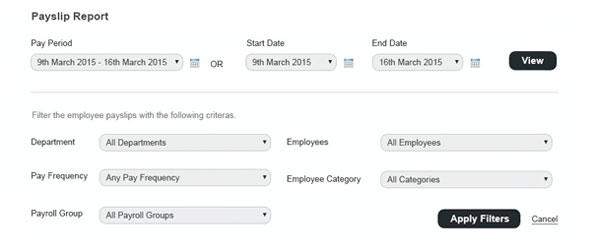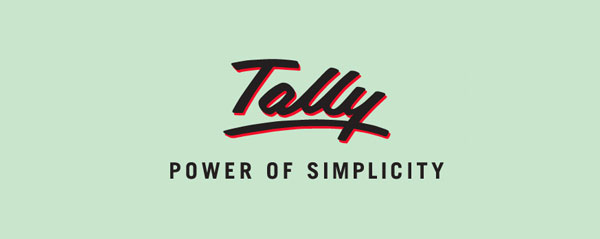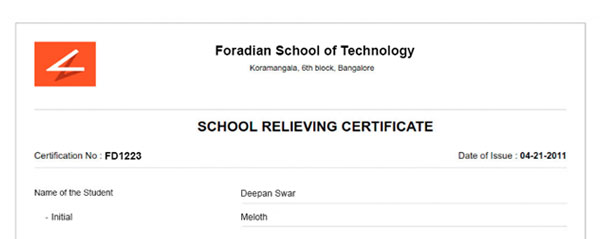Why Smart Schools are no longer an option, but a necessity.

Education policy is an issue that is as divisive as it is important. Nothing has exemplified this more than the recent nomination of Betsy DeVos, a controversial figure in education, for the position of US Secretary of Education under the Trump administration. In addition to her seeming lack of knowledge about polarising positions in education, one of the issues DeVos was raked over the coals for her support of increased privatisation of public education.
This would strike a chord with parents in India. It seems obvious that for their child to achieve success, a private school education is not an added advantage, but a necessity. Even those from economically weak backgrounds prefer to send their children to private schools over government schools. This, despite the fact that over the years, between 2006 and 2013, we have enhanced spending on government school education from 2.2% to 2.68% of the GDP.
But has this increased spending resulted in better learning outcomes? A 2016 Annual Status of Education Report says no. The percentage of children able to perform division has nearly halved, and only 25% of standard five students are able to read English sentences. These statistics are dismal, to say the least, and it goes to show that funding is not the only factor that contributes to a child’s success in school.
Private schools are increasingly popular due to better student teacher ratios, enhanced learning environments, and increase quality of education. Even in rural areas, parents prefer to send their children to private schools – totalling up to nearly a quarter of rural students being enrolled in one. But what does this mean for the remaining 75% who don’t have access to or are unable to afford them?
Complete privatisation of education is an exclusionary solution. Instead, we must focus on replicating the enhanced learning infrastructure and hospitable environment that private school students enjoy. Until this happens, learning outcomes become a secondary priority when faced with the overwhelming task if keeping your head above water in any government school.
Education technology can help bridge this gap. From online classrooms eliminating the need for long treks to an overcrowded school or providing reusable electronic materials reducing our dependence on paper resource s, these innovative ideas help all our students achieve their potential – not just the privileged few.
But let’s get realistic – in a country like India, scaling up solutions quickly enough to address present day, on-the-ground needs can feel like one is forever playing catch up. A perennially overworked government school teacher wears many hats; they are counsellors for parents, caregivers for students, and often the only educated person making decisions in the local government. Tracking the progress of every child and empowering them to achieve their learning outcomes in such a scenario becomes a Sisyphean task.
School management software is a low-cost solution. It allows people to work remotely on a safe and secure platform. School ERPs allow students, teachers, and administrators to stay on track through automation of repetitive tasks like coursework submission, grade assignment, and fee collection. Individualised attention for every student through the online messaging system, study groups, and library management system allows teachers to aid students every step of the way.
Smart school solutions are thus vital for the underprivileged and under-resourced, and it is high time that we leverage this technology to also get smart with our spending – the children need it.
